Learning how to in your backyard landscape or wondering what to grow as a beginner? My first advice is to start with vegetables that you like to eat. Secondly, choose vegetables that fit your garden area; how much space do you have? How much sunlight does your garden area get? Keep in consideration, you’ll need easy access to water as well.
Of course, if you are not hampered by location availability and sunlight, then the sky is your limit, and you can deck out with a raised bed or spread out in a backyard hill. If you have a small space, you can consider vertical planting or container planting.
Finally, once you’ve made your basic selections, you can begin to immerse yourself in your very own condensed crop creativity.
The advantage of growing vertically: When growing vertically you get large yields in a small space, it can help reduce disease and insect damage plus making it easier to harvest as your fruits and veggies are more likely to grow straight and dirt-free.
The advantage of rotation: Every year you want to rotate your vegetables to a new location in the garden or in the raised bed. This will allow you to boost nutrients in the soil.
Different vegetables use different nutrients from the soil and a few crops add nutrients back to the soil. Rotation of the crops also helps to minimize disease and reduce infestation.
Grow Your Own Salad
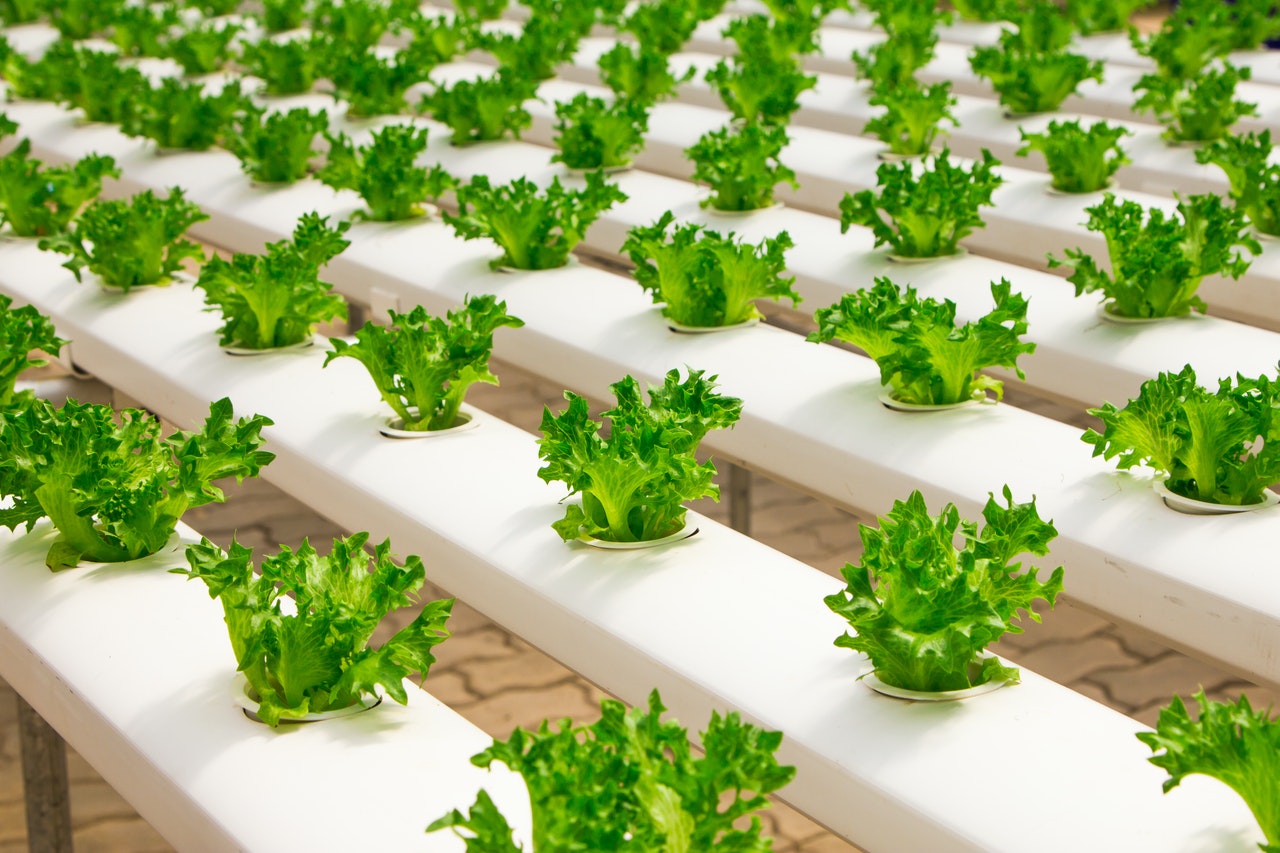
Leafy Green Vegetables: a.k.a. The cruciferous super greens thrive in cool weather temps that range from 50-75 degrees, so plan according to your zone; in some areas this is winter in others this is fall or early spring. This list of healthy and hardy green leaves includes kale, collard greens, spinach, cabbage, beet greens, romaine lettuce, swiss chard, and arugula.
Space: Leafy greens do not require a lot of designated spread area so you can grow them successfully in a small pot or vertically.
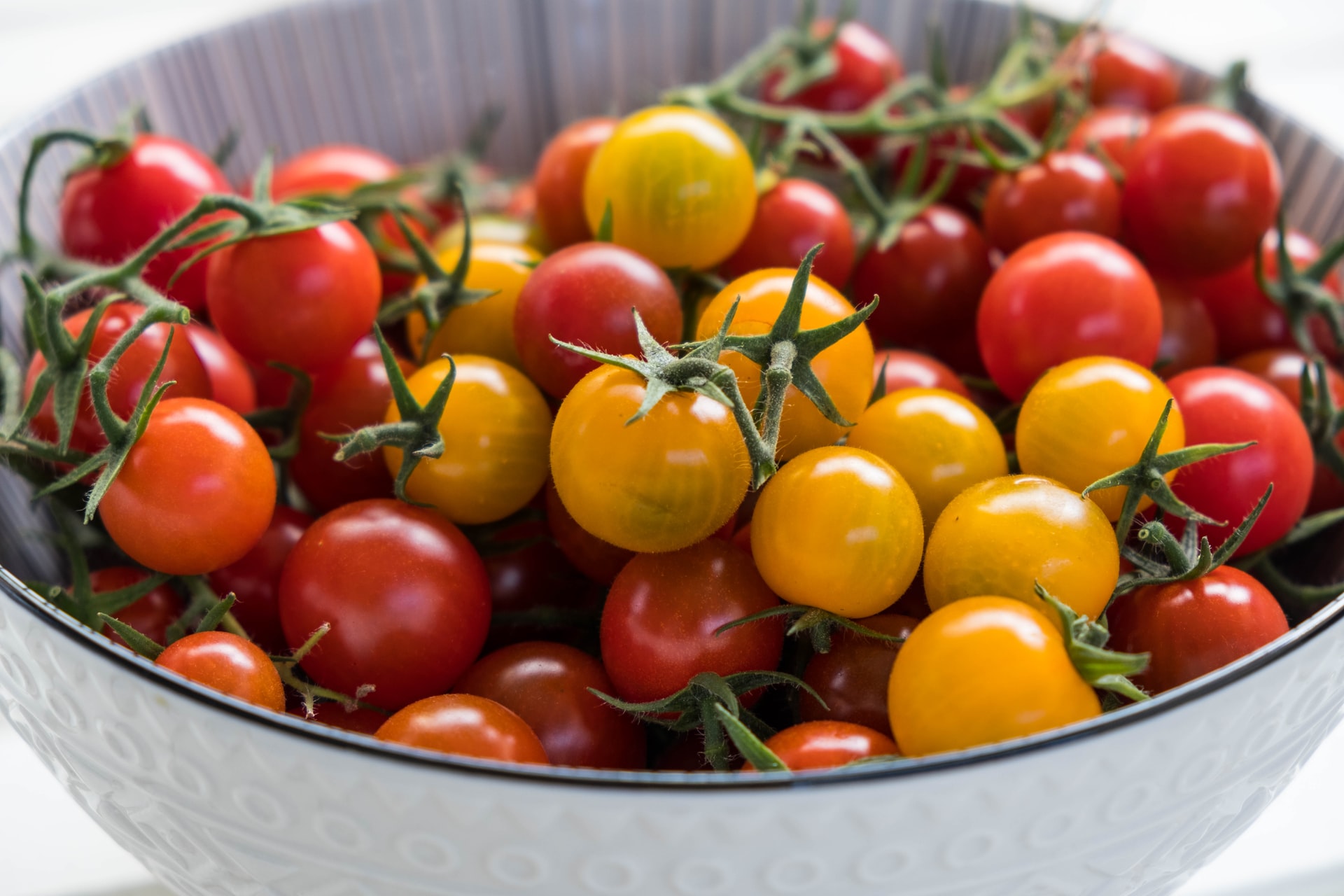
Tomatoes: This is my favorite fruit botanically or vegetable by culinary terms. They come in so many varieties and so many colors and flavors from large Beefsteaks to the sweet cherubic cherry or grape tomatoes, from black tomato to green and orange.
What do they all have in common? They all love the sun! Best if the temperature of the soil is above 65 F when going into the ground. No need to water drench them either as they multiply best with a slow drip or soaker hose. After heavy rain, you need to check for pooling and make sure they have good drainage. Tomatoes love water, so to keep the soil moist, you can mulch them with grass clippings, straw, composted leaves, or even shredded newspaper. These measures also prevent water from splashing on the plant and can help prevent diseases. The soil should be a bit acidic, within the range of 6.5-6.8 PH. Before planting them make sure to mix your soil with compost or manure.
Don’t forget to stake them or cage them to support the plant.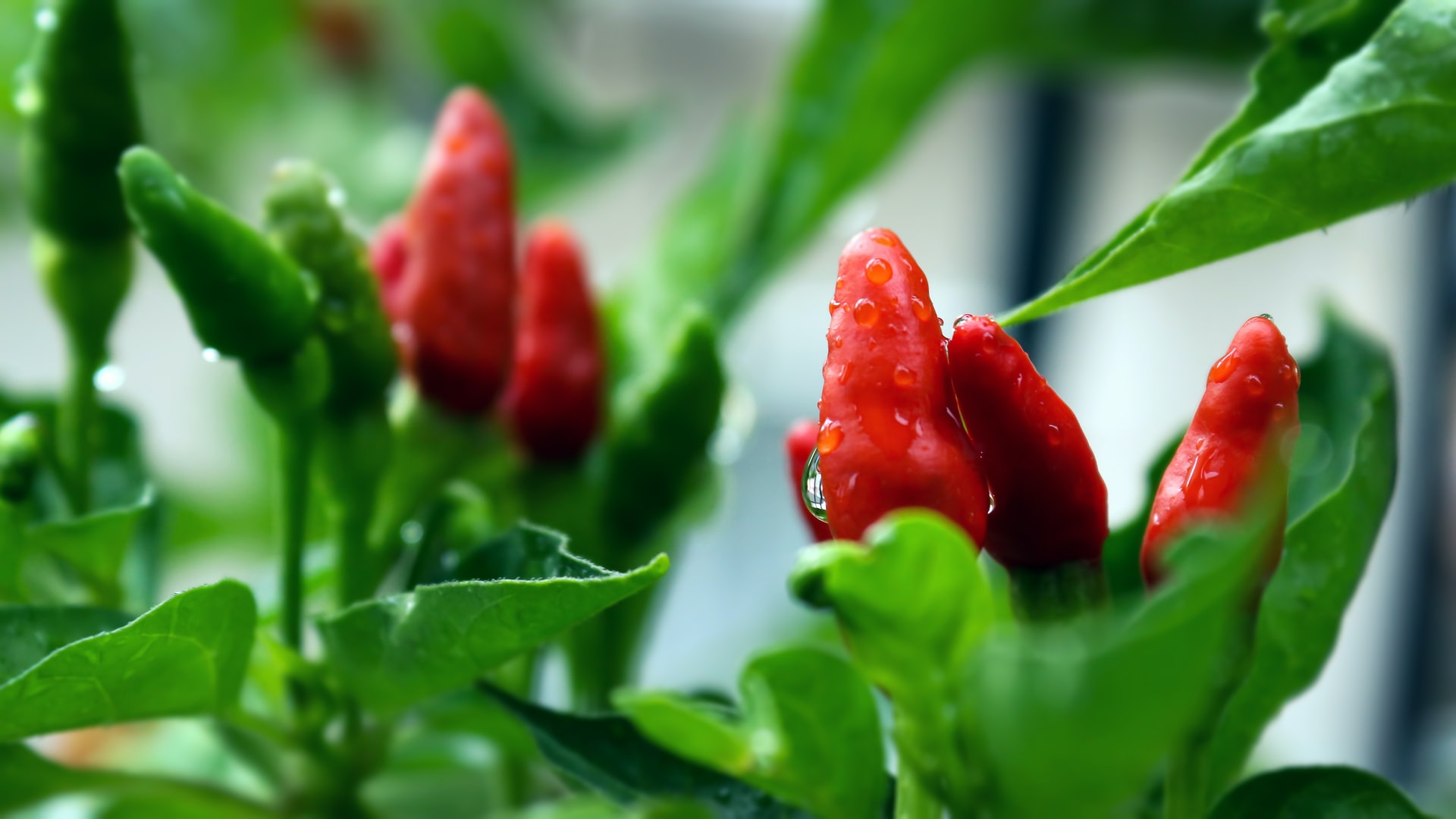
Peppers: From sweet to hot, or green to red, these pretty palate poppers can grow in a pot or a raised bed where they happily enjoy 6-8 hours of sun. If you start peppers from seeds, start indoors 6-8 weeks before you plan to transplant them outdoors. Peppers grow best when the soil is warmed, and daytime temperature reaches above 75 degrees.
Soil: planting in a pot: fill the pot with a light non-compacted premium potting soil.
Planting in bed or rows: mix your soil with several inches of compost.
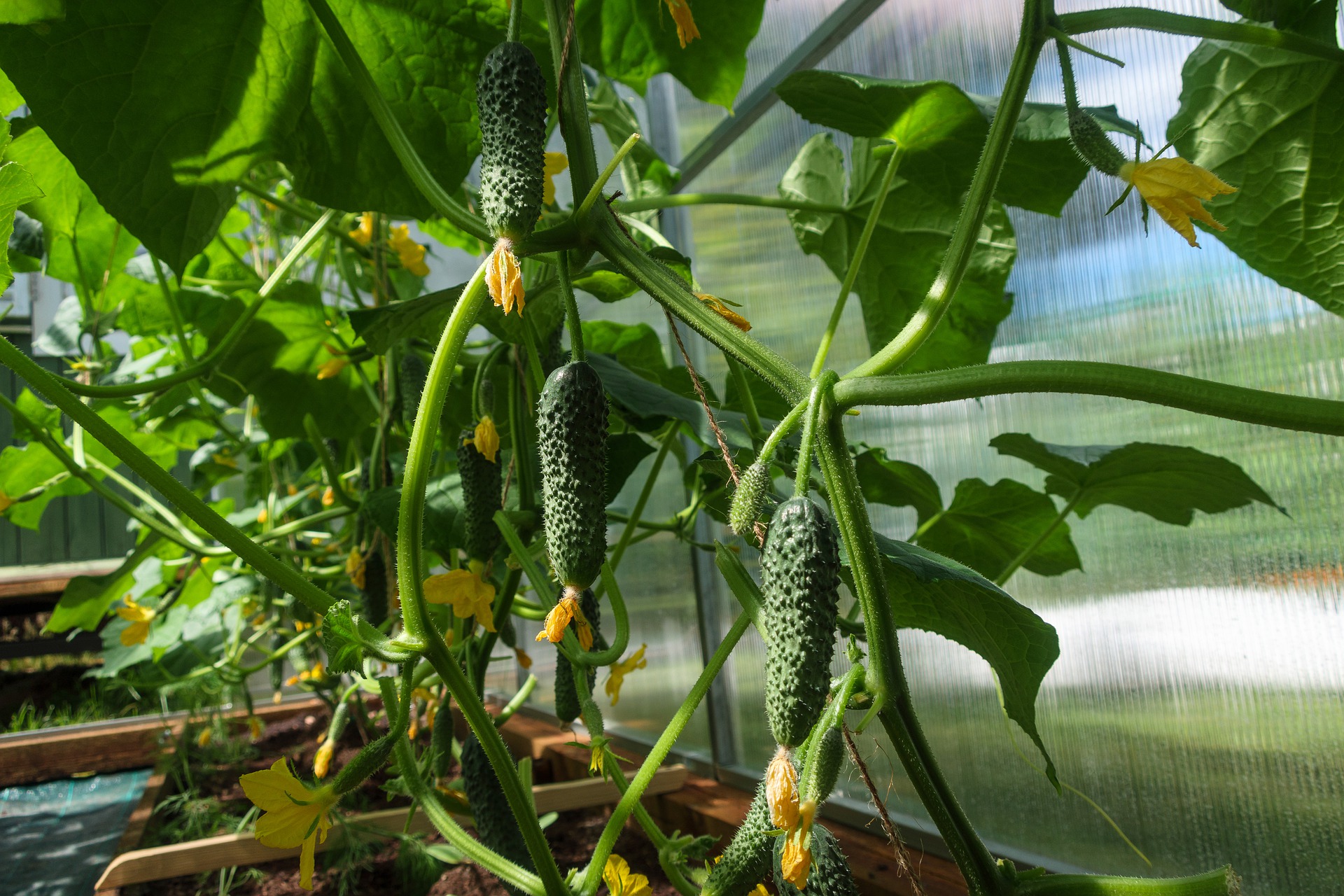
Cucumbers: This is a tropical vegetable that grows well in warm weather. Best when the soil temperature is reliably over 70 degrees. (at least 2 weeks after the last frost of the season). Cucumbers need full sun, and they will need a structure to climb on. Cucumbers will need about an inch of water a week, and fertile soil and good drainage.
Cucumbers need to be fed regularly and the best food for them is water-soluble plant food.
Planting tips: When you plant cucumbers in a raised bed or in the garden, what you plant around them is important. Potatoes are not a good neighbor; potatoes release a substance to the soil that delays the growth of cucumbers.
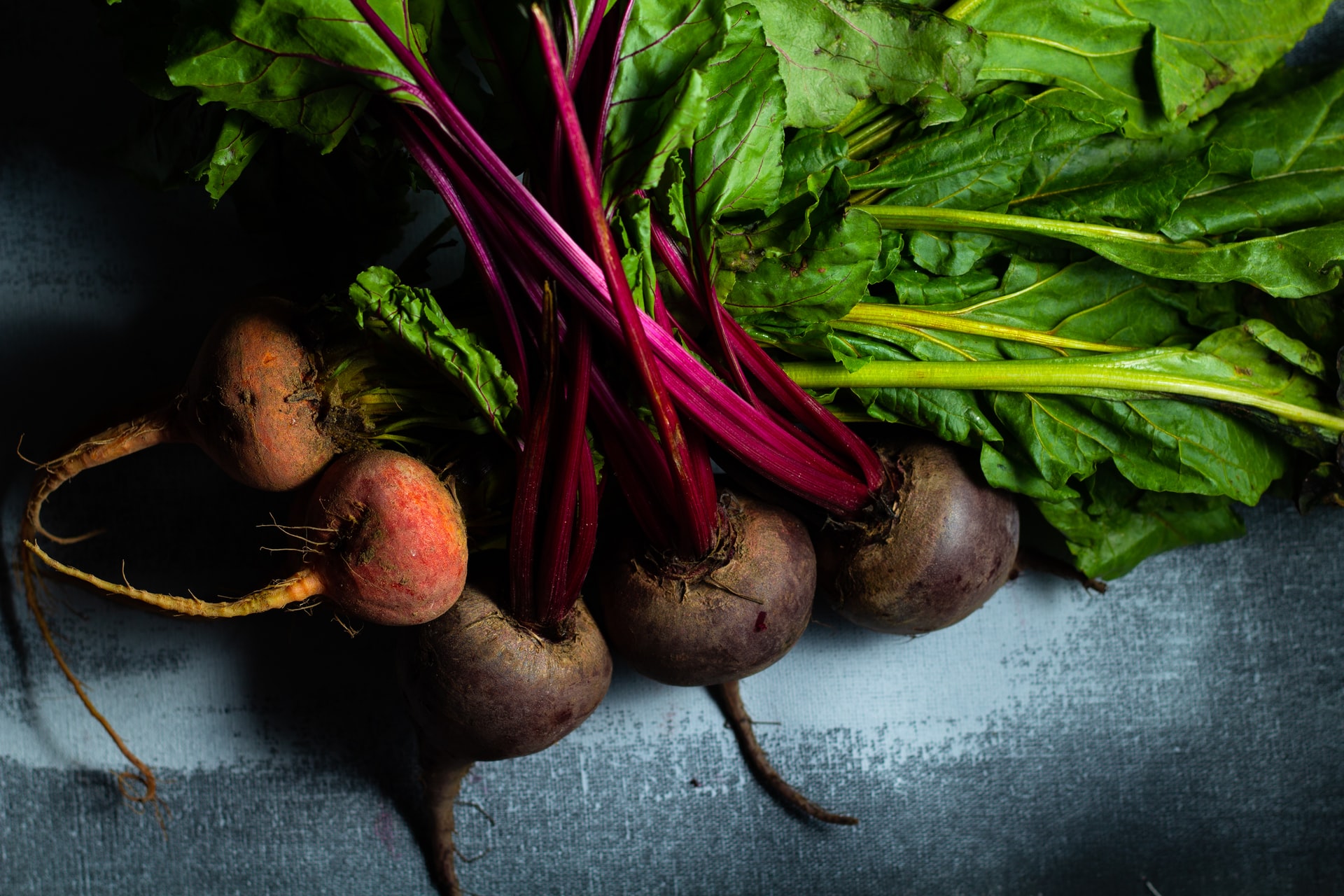
Root Vegetables: This group includes potatoes, radish, beets, carrots, and turnips. Root vegetables are a bit harder to grow than tomatoes or cucumbers due to their propensity for maturing in cool weather. You sow them around July or August to get fall crops.
While root vegetables require direct seeding into the ground so the roots will grow strong, they can also do very well in a raised bed.
They can do well in full sun but can tolerate some shade. You want to irrigate the seeds before sowing them and cover them with grass clippings or burlap while waiting for the seeds to germinate. Better to space the seed in advance then to thinning them later.
Planting tip: You can use a shaker for plant portion control, especially with tiny seeds like carrots. Shake seeds evenly without worry of dumping them and try to avoid windy conditions as well.
The closer the roots are the slower it takes them to fill up. Be sure to give them time and space.
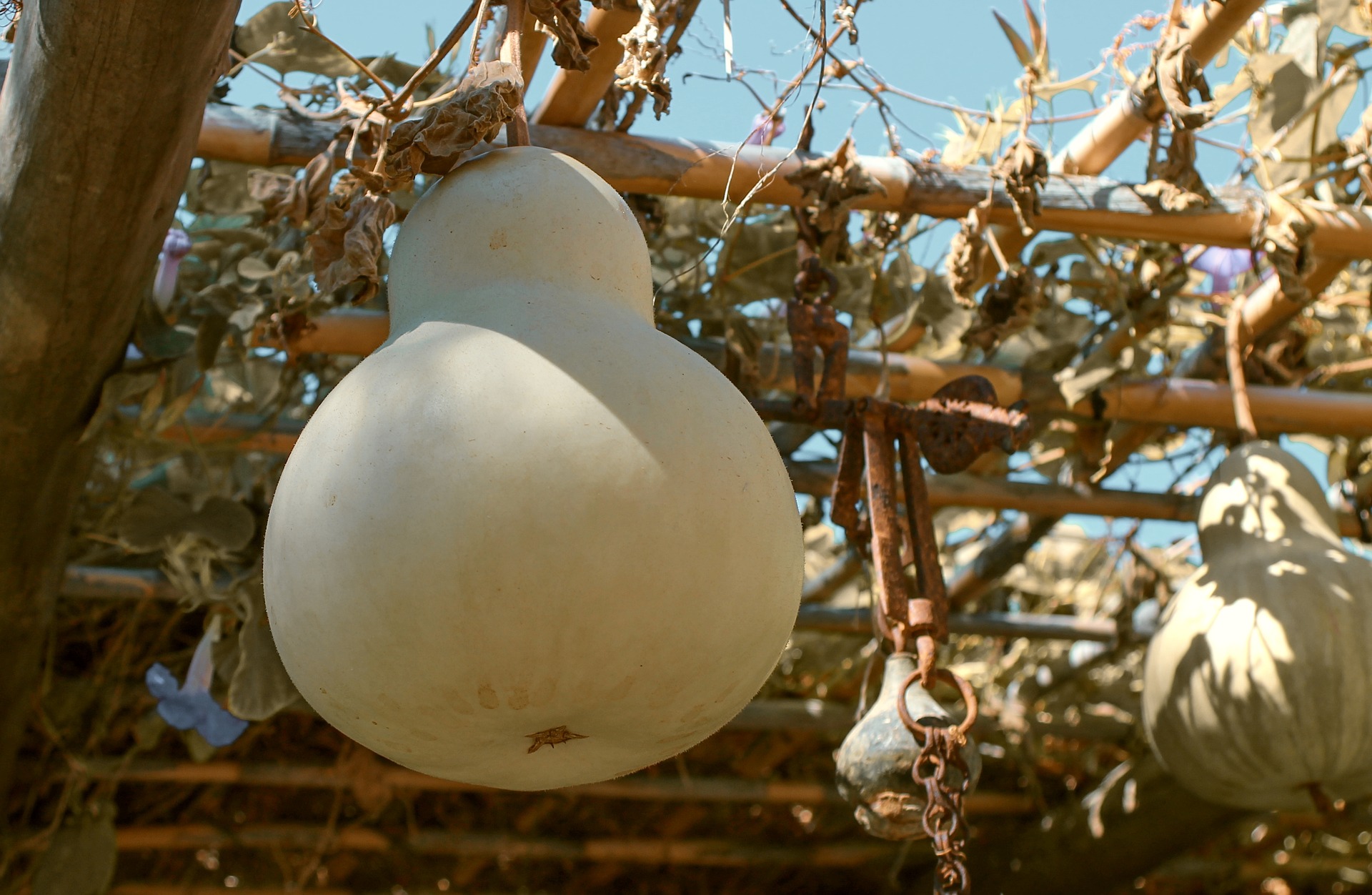
The Climbers or Creepers: In this group you will find snow peas, snap peas, beans and legumes, cucumbers, and tomatoes. Those vegetables need to be stalked and staked, trained to grow up. You can first choose your support system or make the veggies the star of the garden. Some gardeners will be traditional and practical with cages, A-frame, bamboo teepees, wire mesh while others may wish for a whimsical appeal with more decorative arches, pergolas and arbors. They all do the trick.
When you choose your vegetables, you need to choose vegetables that will fit your support structure. For example: cucumbers, which use tendrils to climb, grow well against a wire mesh wall while beans and peas can cover tunnels and pergolas.
**Before you plant or seed your vegetables you want to have your support system up. If not you can cause damage to the plant and it can result in delay or reduce crops.
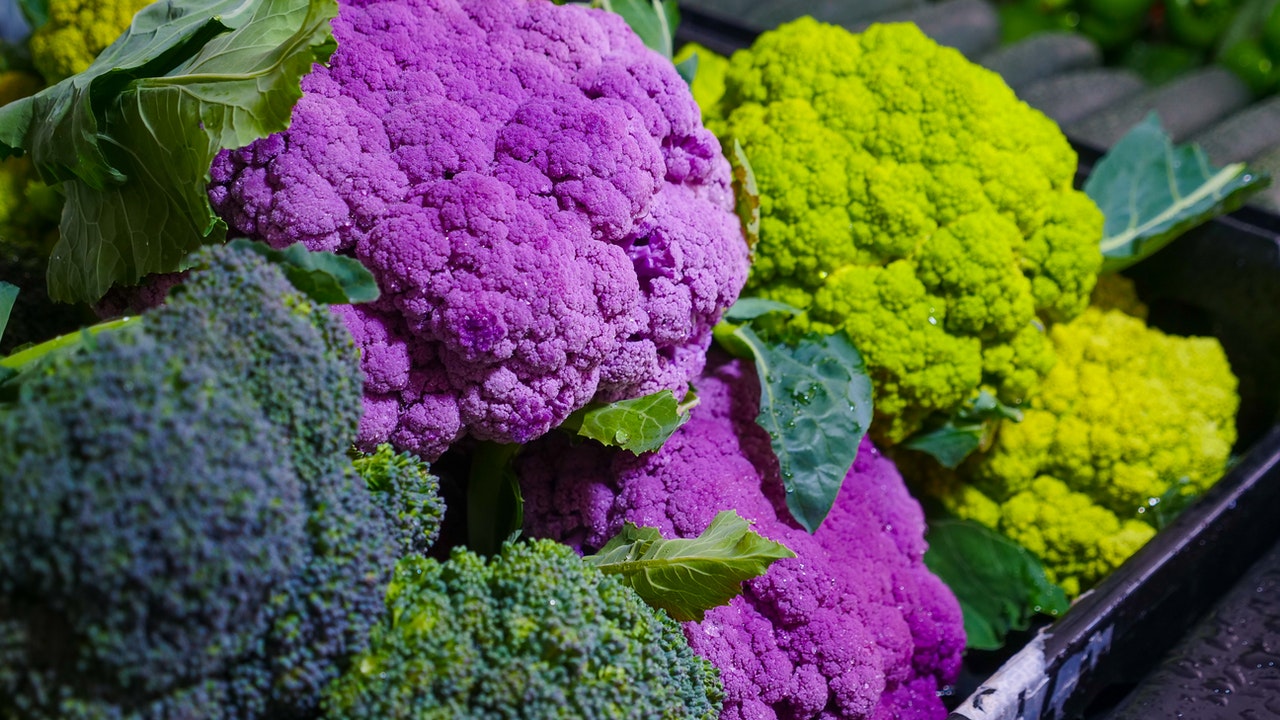
The Cole Truth: Broccoli, cauliflower, and other similar members of the cabbage family, a.k.a. Cole vegetables thrive in cold temperatures that reach 60-70 degrees. Rich in vitamins B6, magnesium and calcium, these vegetables should be embedded in full sun and sandy soil that contains a slightly acidic to neutral PH. Both broccoli and cauliflower require moist soil conditions and lots of space, 18-24 inches between each plant.
**When watering broccoli and cauliflower, avoid wetting the developing heads.
Cauliflower will sustain a healthier harvest if you start your seeds indoors and then transplant them outdoors.
Broccoli will perform best if sowed directly into soil.
For fall harvest sow 80-100 days before the first frost of your zone. For spring sow 2-3 weeks before the last frost of the season.BASIC GARDEN TERMS:
Aeration - Act of loosening the soil to create proper growth stimulation.
Chicken Wire - A pliable wire sieved fencing material.
Compost - Organic waste mixed with soil to feed plants.
Creosote - A dangerous carcinogenic chemical treatment once used to coat, and pressure treated railway ties and beams.
Crop - Another word for an entire yield of plants.
Cubic Feet - Typical measurement used in garden planning.
The formula is:
From feet: length (ft) × width (ft) × height (ft) = cubic feet.
From inches: length (in) × width (in) × height (in) ÷ 1728 = cubic feet.
From yards: length (yd) × width (yd) × height (yd) × 27 = cubic feet.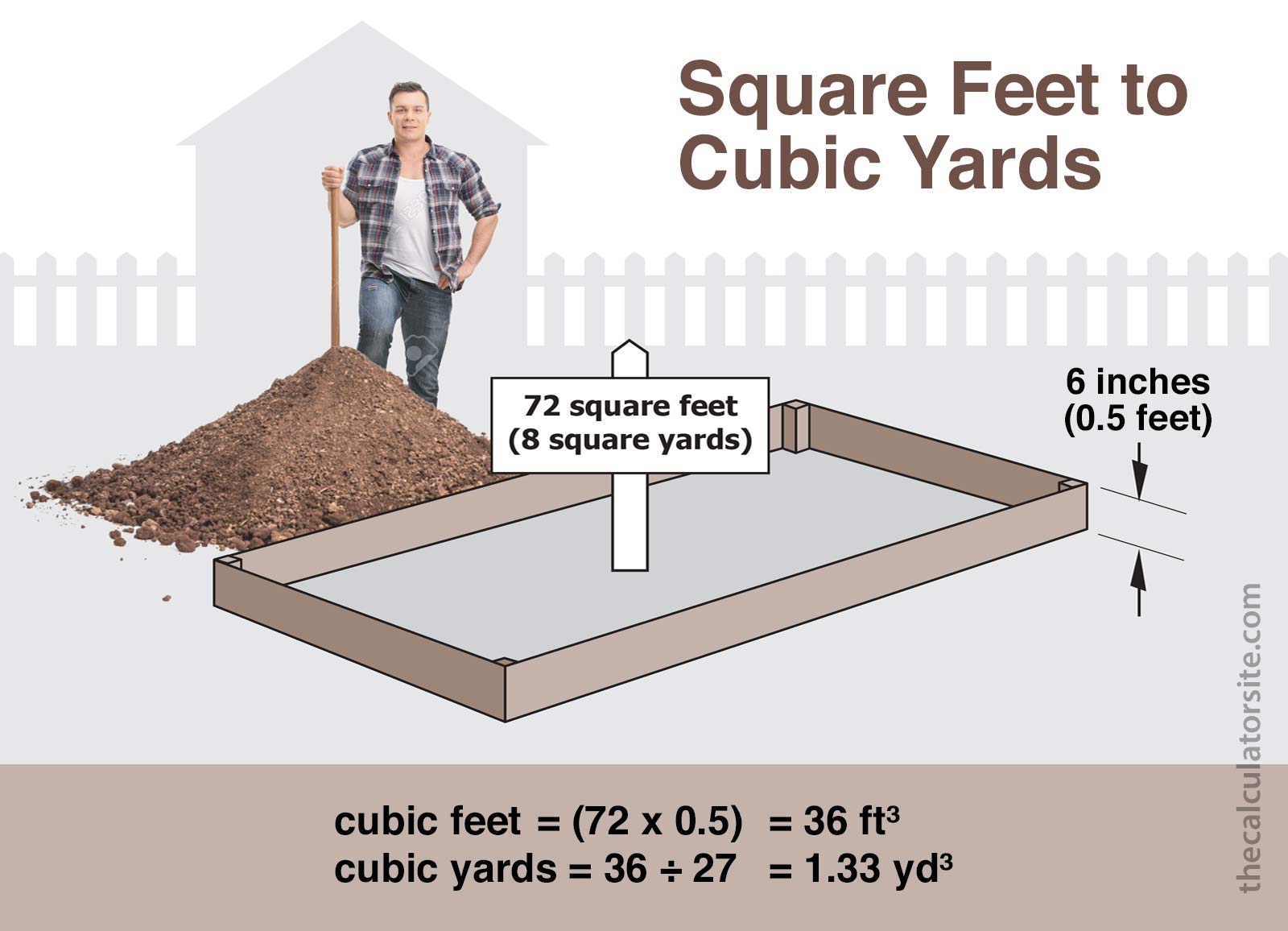
You can calculate your cubic feet here:
https://www.thecalculatorsite.com/misc/cubic-feet-calculator.php
Fertilizer - Form of food for plants.
Gardeners or Weed Cloth/Fabric - A thin barrier cloth used to prevent weeds from reaching the surface.
Germination - The growth stage from seed to seedling sprouts.
Harvest - The act of picking vegetables when they are fully grown and ripe.
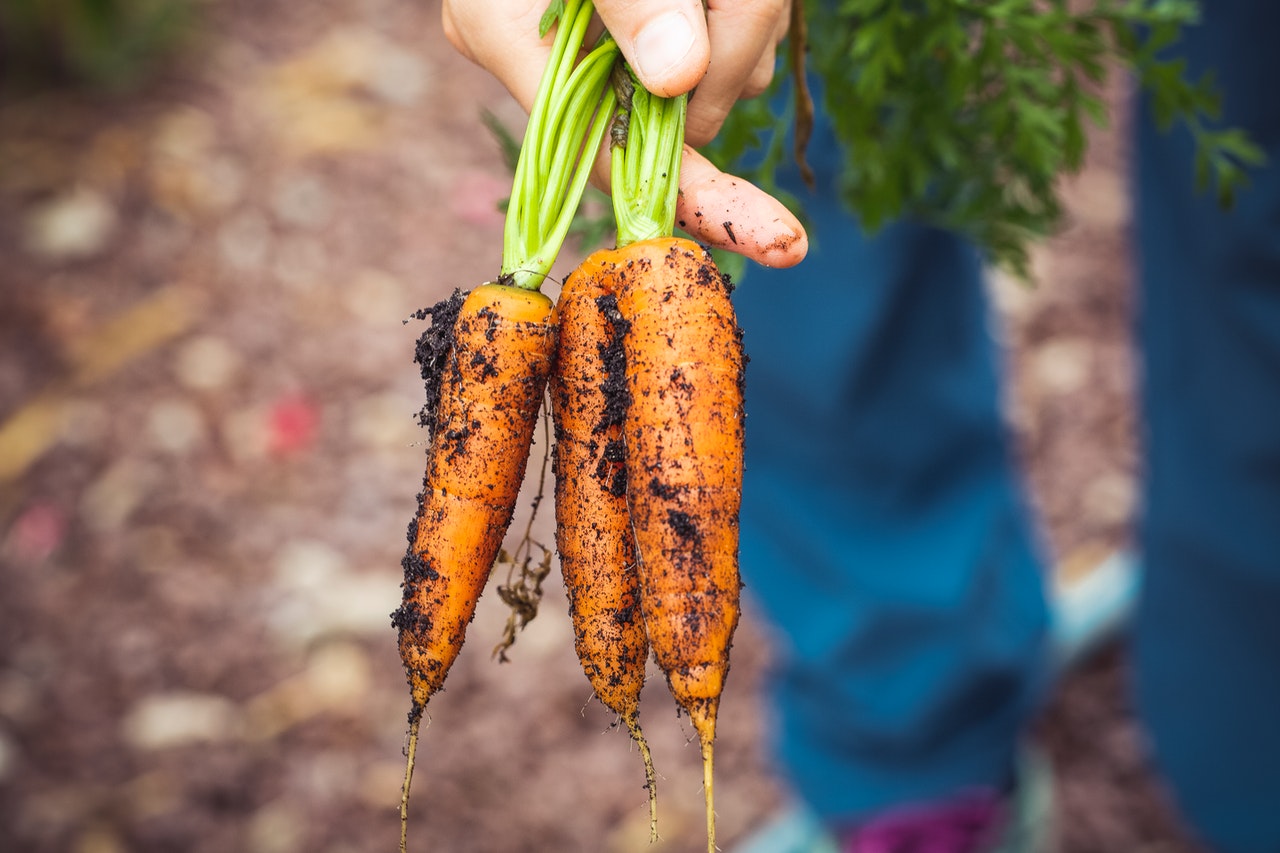
Hilling/Mounding -Replacing soil around plants due to either weeding, weather/water erosion, or general upkeep.
Irrigation - Watering; providing moisture in different ways.
Mulching -A type of shredded or wood bark chip used in fertilizing and weed control.
Peat - A superior organic moss mulch added to soil to make a rich growing staple.
Pre-treated - Wood that has been chemically weather/water-proofed.
Stakes - The long, tall support sticks, dowels or branches used to keep plants growing upward.
Stalks - The long, tall, thicker stem from which vegetables grow from.
Tuber - Any vegetable grown underground; potatoes for example.
Vermiculite - An alternative additive to soil that is time-released to maintain a great source of hydration.
Weeding - Removing pesky wild plants and vines that infiltrate all gardens.
Yield - The amount of produce that each plant will grow.
Choose your Veggies based on location:
The full sun tanners! The basking basketful beauties: We know that garden goodies of all varieties rely on sunlight, but did you know that some vegetables need 6-10 hours of direct sunlight daily? As a basic rule of thumb, vegetables grown for their fruit or roots require full sun, which is defined as a garden location that receives at least six hours of direct sun each day.
The group of sun lovers:
- Tomatoes
- Cucumbers
- Eggplant
- Peppers
- Corn
- Squash
- Beans
- Peas
- Melons
- Okra
The watering cycle may be variable and some of those sun-loving vegetables have a delicate skin so do not shower them with water. It is better to water them by dripping systems. This can prevent diseases.
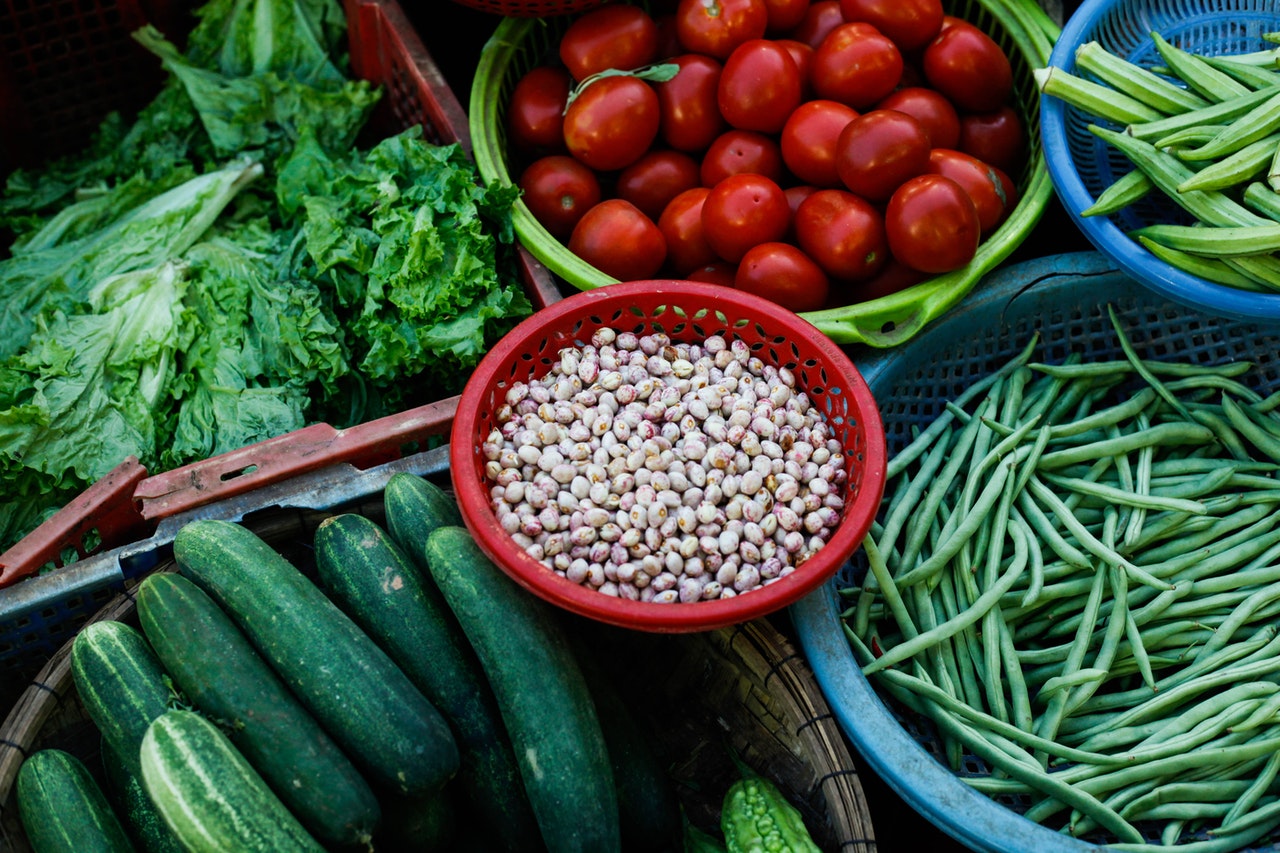
The Shady Ladies: Don’t have a lot of sun in your backyard? Not a problem. This list of vegetables, the healthy leafy greens, can blossom in a shady area. They will still need sunlight but are botanically spored to produce a maximum yield in 2-4 hours of sun. The shade will keep their growing season longer and promote a fresh fleshed crop, free of bitter or musty damp taste. Afternoon shade protects the delicate leaves from the hot summer sun while still keeping these late bloomers warm at night.
On this list:
- Arugula
- Brussels sprouts
- Kale
- Lettuce
- Mustard green
- Sorrel
- Spinach
- Swiss chard
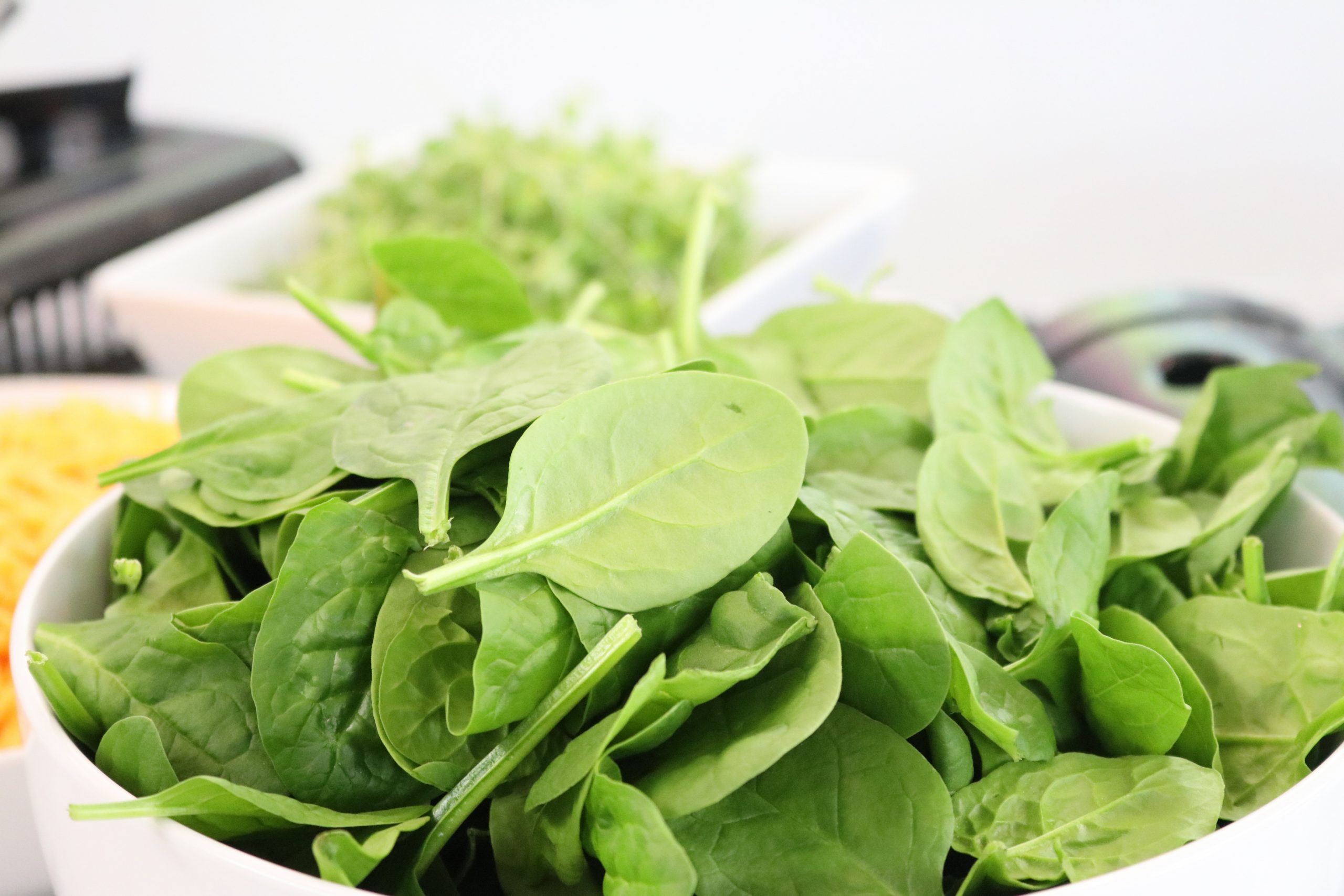
The Crossover Crops! A great mix for your veggie picks: The fence sitters, the inbetweeners, those vegetables need about 3-6 hours of direct sunlight. Vegetables grown for the leaves, stems, or buds often do quite well without full sun. A good number of vegetables can produce nicely with three to six hours of sunlight per day, or with constant dappled sunlight for the entire day.
The group of half and half:
- Beets
- Broccoli
- Cabbage
- Carrots
- Cauliflower
- Celery
- Garlic
- Green onion
- Horseradish
- Leek
- Parsnip
- Peas
- Potatoes
- Radishes
- Rutabaga
- Turnips
- Watercress
Growing Zone Map
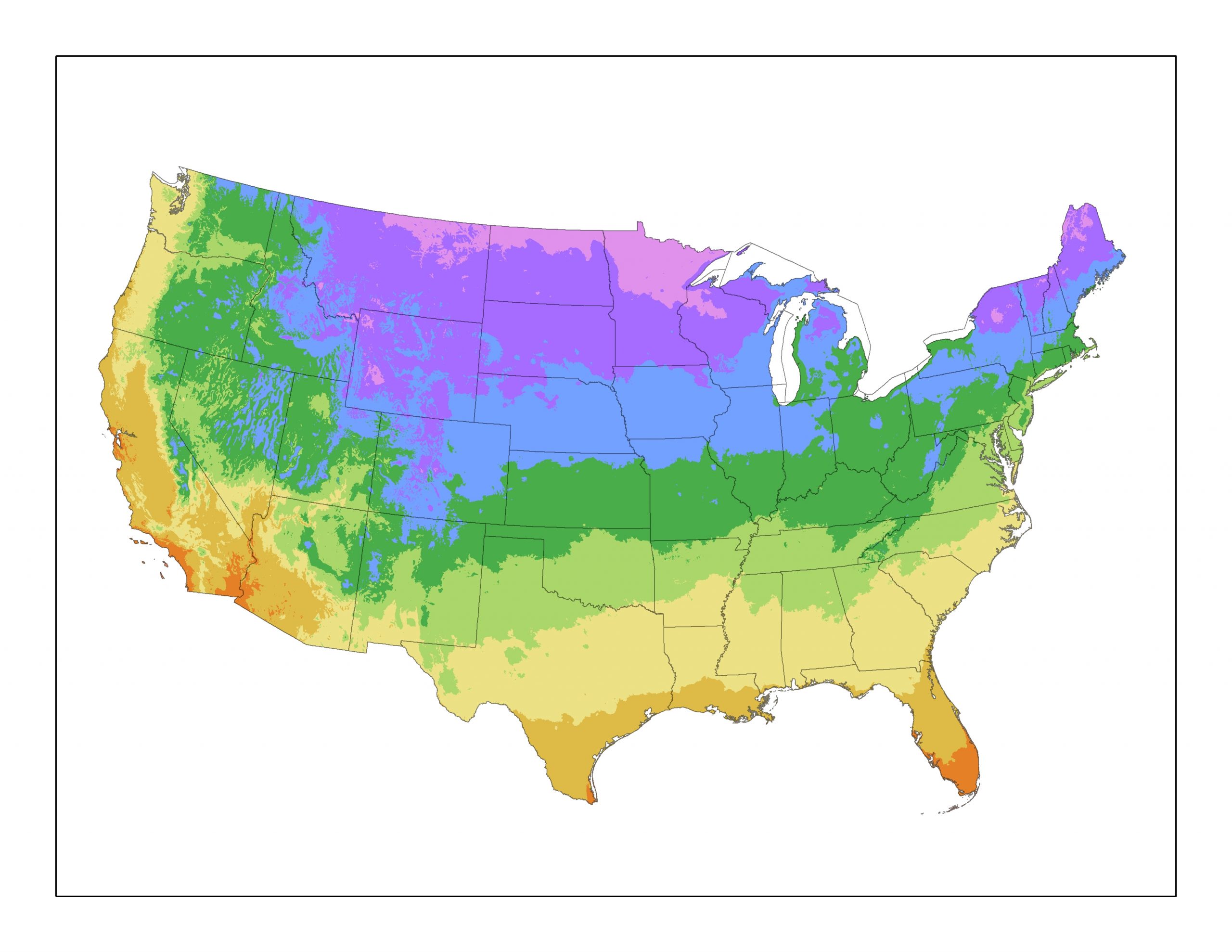
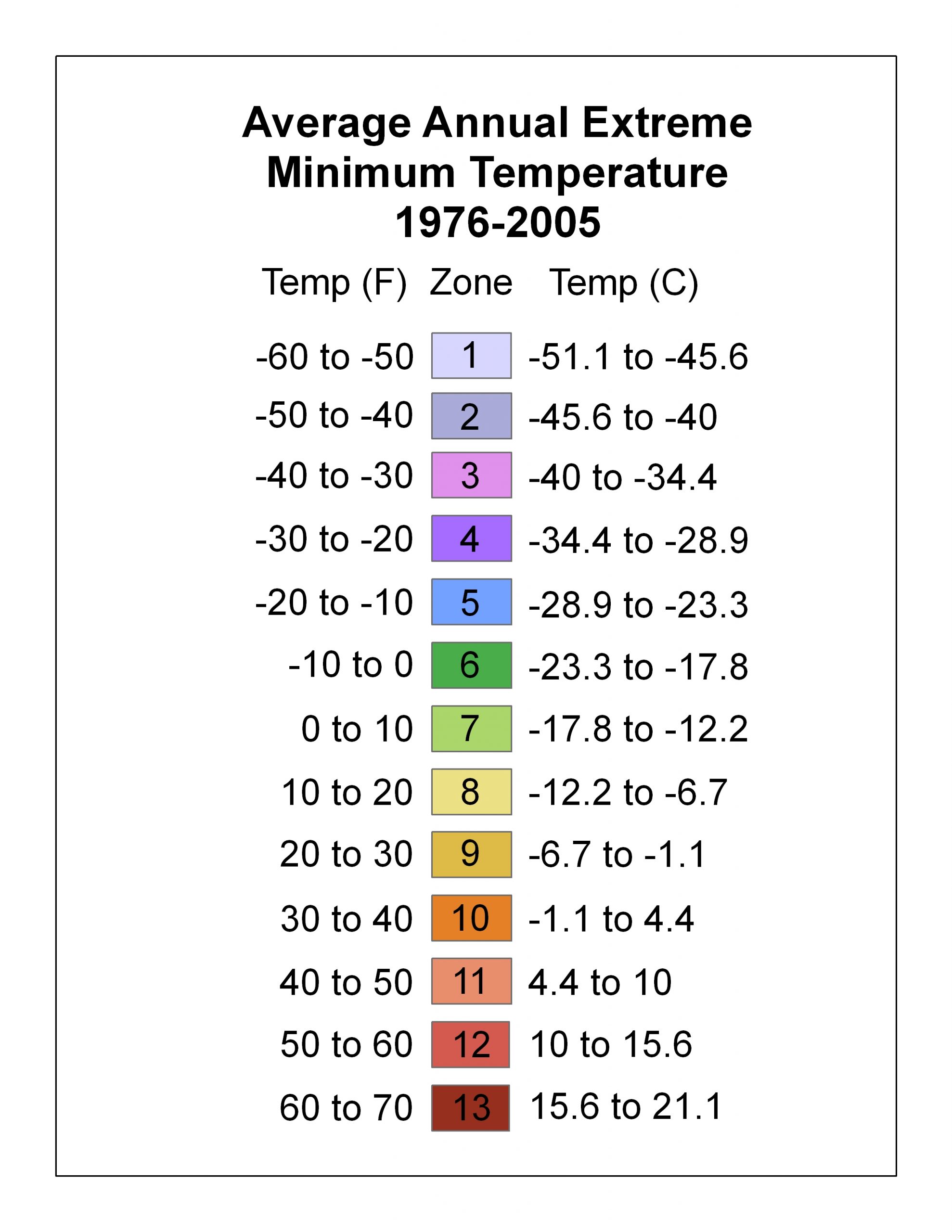

Hardiness Map by: U.S. Department of Agriculture
